The Best Companion Plants For Tobacco
Title: The Best Companion Plants for Tobacco
Introduction:
Tobacco is a relatively easy plant to grow, but it can benefit from companion planting. Companion planting is the practice of planting certain plants together in order to improve their growth and health. There are a number of plants that can be good companion plants for tobacco, each with its own unique benefits.
In this blog post, we will discuss some of the best companion plants for tobacco. We will also provide some tips on how to plant and care for these plants together.
Main Content:
Some of the best companion plants for tobacco include:
- Beans: Beans fix nitrogen in the soil, which can help to improve the nutrient content of the soil for tobacco plants. They can also help to suppress weeds.
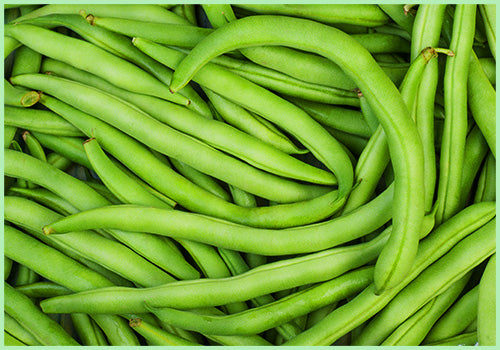
- Cucumbers: Cucumbers attract beneficial insects, such as ladybugs and lacewings, which can help to control pests that attack tobacco plants. They can also help to shade the soil around tobacco plants, which can help to keep the soil cool and moist.
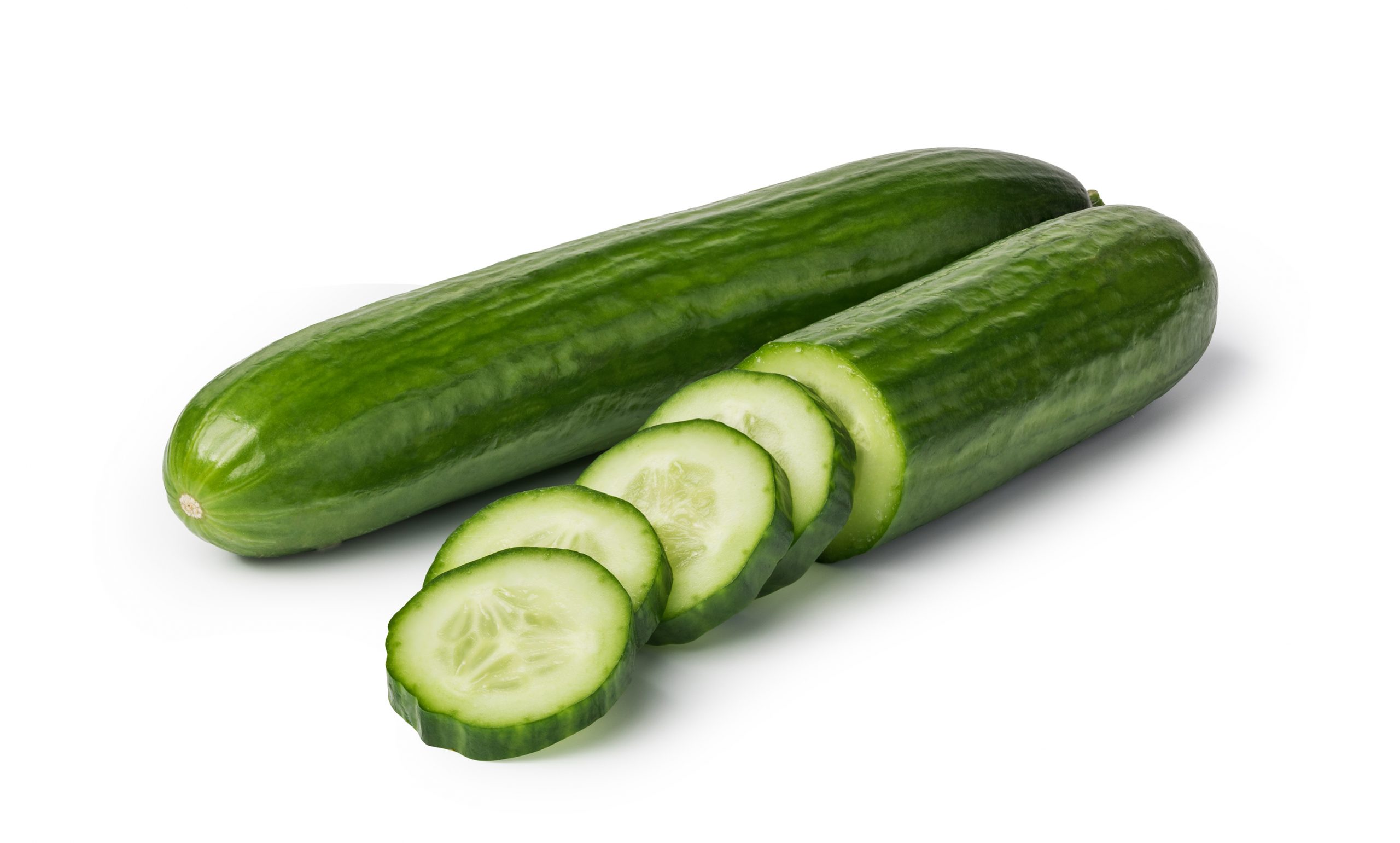
- Eggplant: Eggplant repels aphids, which can be a major pest of tobacco plants. It can also help to attract beneficial insects, such as ladybugs and lacewings.

- Melon: Melons attract beneficial insects, such as ladybugs and lacewings, which can help to control pests that attack tobacco plants. They can also help to shade the soil around tobacco plants, which can help to keep the soil cool and moist.
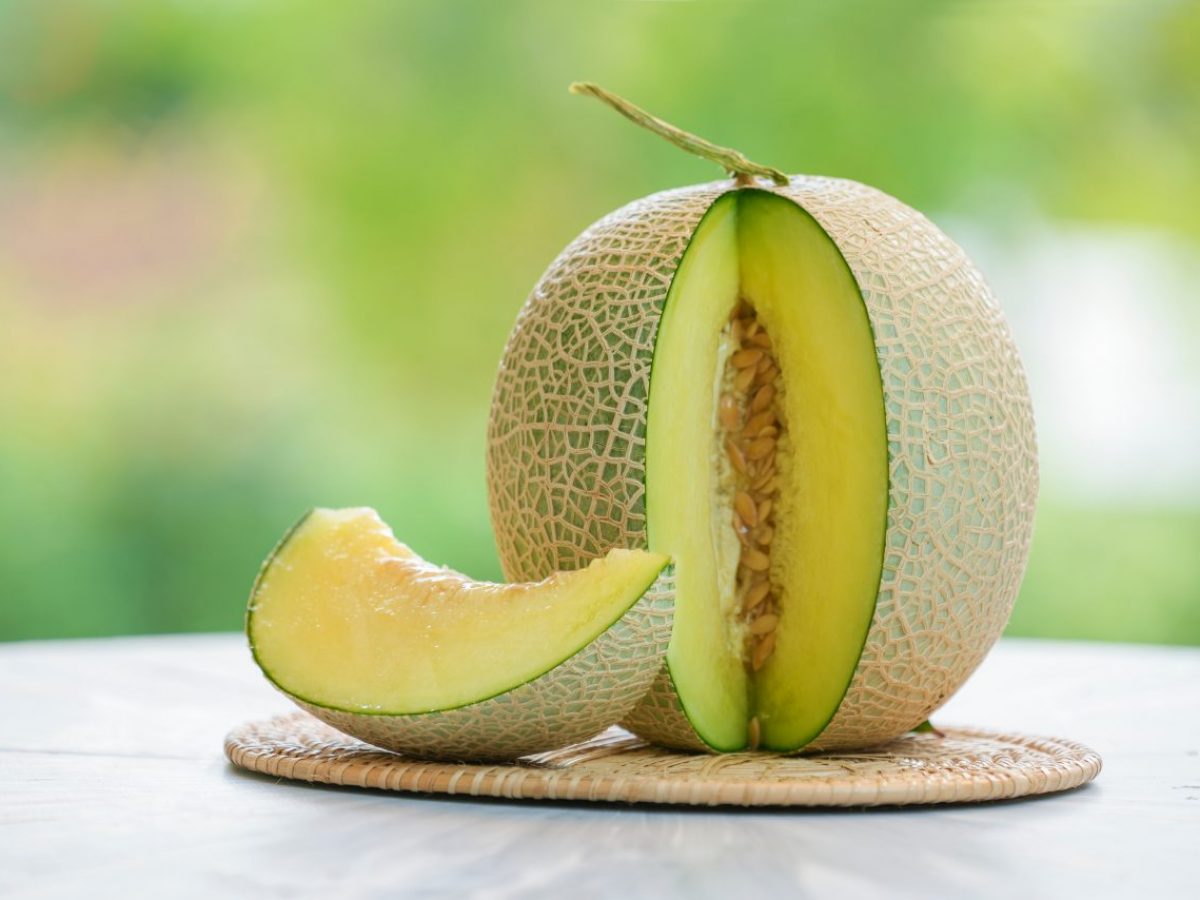
- Peas: Peas fix nitrogen in the soil, which can help to improve the nutrient content of the soil for tobacco plants. They can also help to suppress weeds.

- Pumpkins: Pumpkins attract beneficial insects, such as ladybugs and lacewings, which can help to control pests that attack tobacco plants. They can also help to shade the soil around tobacco plants, which can help to keep the soil cool and moist.
- Spinach: Spinach attracts beneficial insects, such as ladybugs and lacewings, which can help to control pests that attack tobacco plants. It can also help to suppress weeds.

- Squash: Squash attracts beneficial insects, such as ladybugs and lacewings, which can help to control pests that attack tobacco plants. They can also help to shade the soil around tobacco plants, which can help to keep the soil cool and moist.

- Tomatoes: Tomatoes attract beneficial insects, such as ladybugs and lacewings, which can help to control pests that attack tobacco plants. They can also help to suppress weeds.
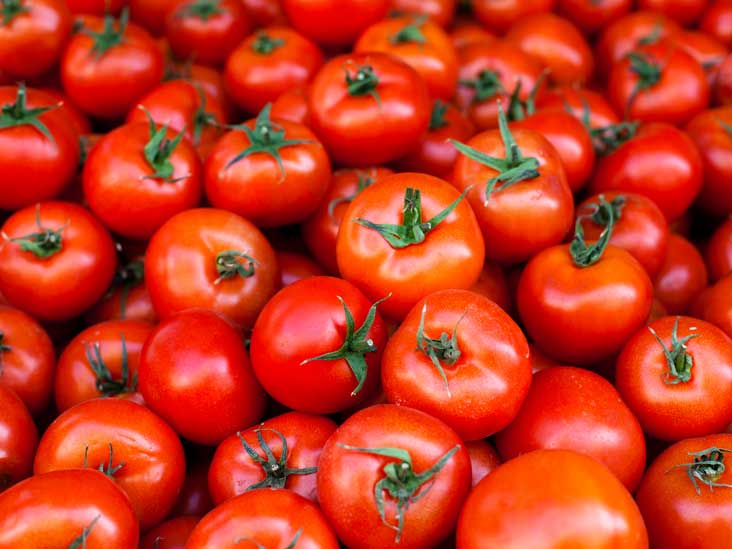
In addition to these plants, there are a few others that should be avoided when companion planting with tobacco. These include:
- Potatoes: Potatoes and tobacco are both susceptible to the same pests and diseases, so planting them together can increase the risk of infection.
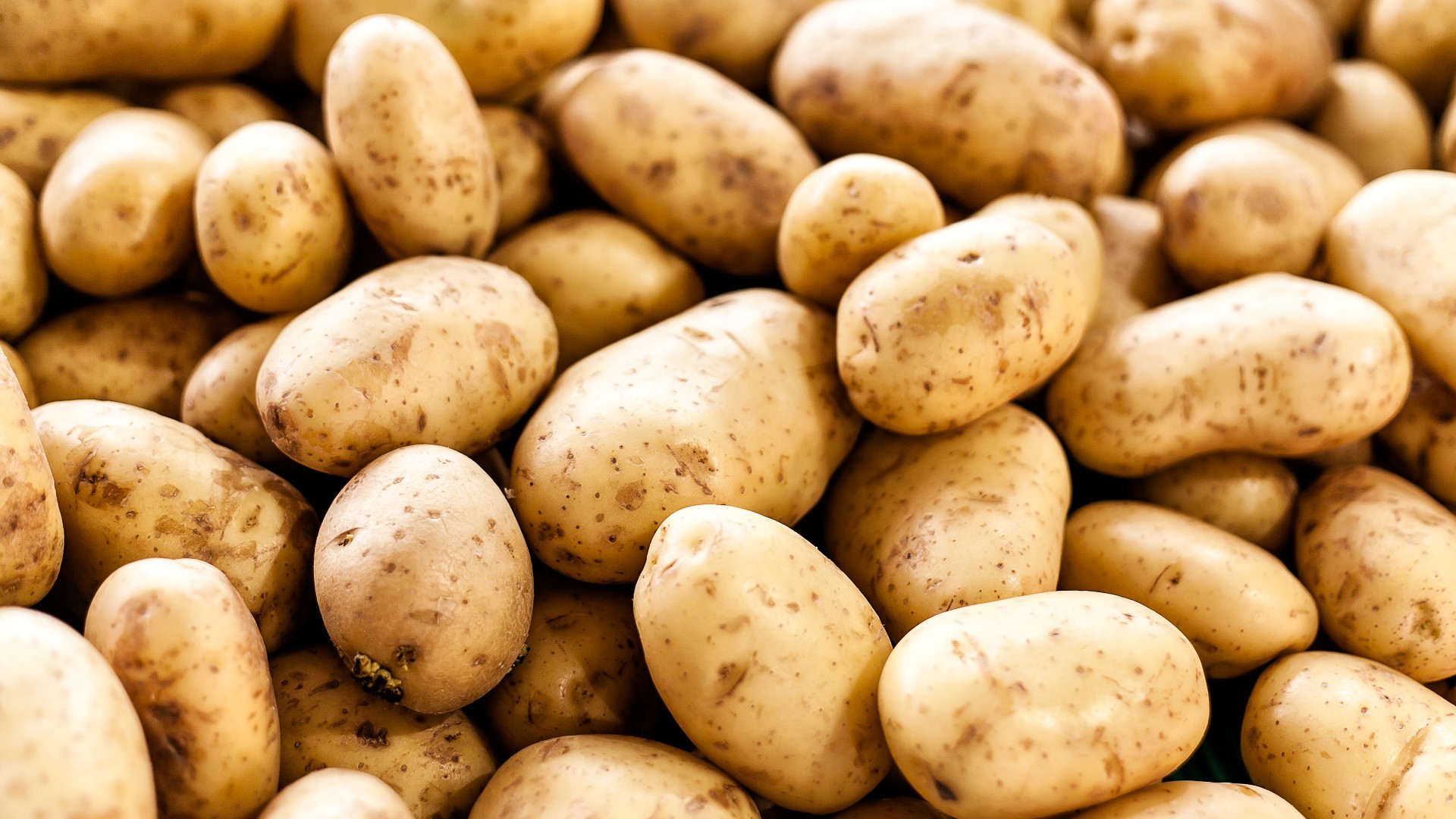
- Peppers: Peppers and tobacco are both susceptible to the same pests and diseases, so planting them together can increase the risk of infection.

- Fennel: Fennel can suppress the growth of tobacco plants.

- Marigolds: Marigolds can attract pests that attack tobacco plants, such as aphids and whiteflies.

Tips for planting and caring for companion plants with tobacco:
- When planting companion plants with tobacco, it is important to choose plants that have similar growing requirements. This will help to ensure that both plants thrive.
- Plant companion plants in a sunny location with well-drained soil.
- Water companion plants regularly, especially during hot, dry weather.
- Fertilize companion plants monthly with a balanced fertilizer.
- Monitor companion plants for pests and diseases and treat them promptly if necessary.
Conclusion:
By planting companion plants with tobacco, you can help to improve the growth and health of your tobacco plants. By choosing the right companion plants and following these tips, you can enjoy a bountiful harvest of tobacco.
Tobacco plants can benefit from being planted near certain companion plants. Some good companions for tobacco include:
- Marigolds: Marigolds help to repel pests such as aphids, whiteflies, and spider mites.
- Petunias: Petunias help to attract beneficial insects such as ladybugs and lacewings, which can help to control pests.
- Cucumbers: Cucumbers help to suppress weeds and improve the soil.
- Beans: Beans fix nitrogen in the soil, which can benefit tobacco plants.
- Sunflowers: Sunflowers help to attract pollinators such as bees and butterflies, which can help to improve the pollination of tobacco plants.
For more information about tobacco companion plants, please visit Home Gardening.
FAQ of tobacco companion plants
- What are some good companion plants for tobacco?
Some good companion plants for tobacco include:
* Marigolds: Marigolds help to repel insect pests, such as aphids, whiteflies, and beetles.
* Beans: Beans fix nitrogen in the soil, which can benefit tobacco plants.
* Cucumbers: Cucumbers help to attract pollinators, such as bees and butterflies, which can help to pollinate tobacco plants.
* Sunflowers: Sunflowers help to attract beneficial insects, such as ladybugs and lacewings, which can help to control insect pests.
* Corn: Corn provides a trellis for tobacco plants to climb, which can help to improve air circulation and reduce the risk of fungal diseases.
- What plants should I avoid planting near tobacco?
Some plants that you should avoid planting near tobacco include:
* Tomatoes: Tomatoes are susceptible to the same diseases as tobacco, so planting them near each other can increase the risk of disease transmission.
* Peppers: Peppers are also susceptible to the same diseases as tobacco, so planting them near each other can increase the risk of disease transmission.
* Potatoes: Potatoes are susceptible to the tobacco mosaic virus, which can be transmitted from tobacco plants.
* Petunias: Petunias are susceptible to the tobacco budworm, which can also attack tobacco plants.
* Delphiniums: Delphiniums are susceptible to the tobacco ringspot virus, which can be transmitted from tobacco plants.
- How do companion plants benefit tobacco plants?
Companion plants can benefit tobacco plants in a number of ways, including:
* Reducing insect pests: Some companion plants, such as marigolds and sunflowers, help to repel insect pests, which can reduce the need for chemical pesticides.
* Attracting pollinators: Some companion plants, such as cucumbers and sunflowers, attract pollinators, which can help to pollinate tobacco plants and improve yields.
* Providing nutrients: Some companion plants, such as beans, fix nitrogen in the soil, which can benefit tobacco plants.
* Improving drainage: Some companion plants, such as corn, can help to improve drainage in the soil, which can help to prevent tobacco plants from developing root rot.
* Providing shade: Some companion plants, such as marigolds and sunflowers, can provide shade for tobacco plants during hot weather, which can help to prevent the plants from wilting.
Image of tobacco companion plants
- Marigolds: Marigolds are known for their insect-repelling properties, which can help to protect tobacco plants from pests. They also add a splash of color to the garden.
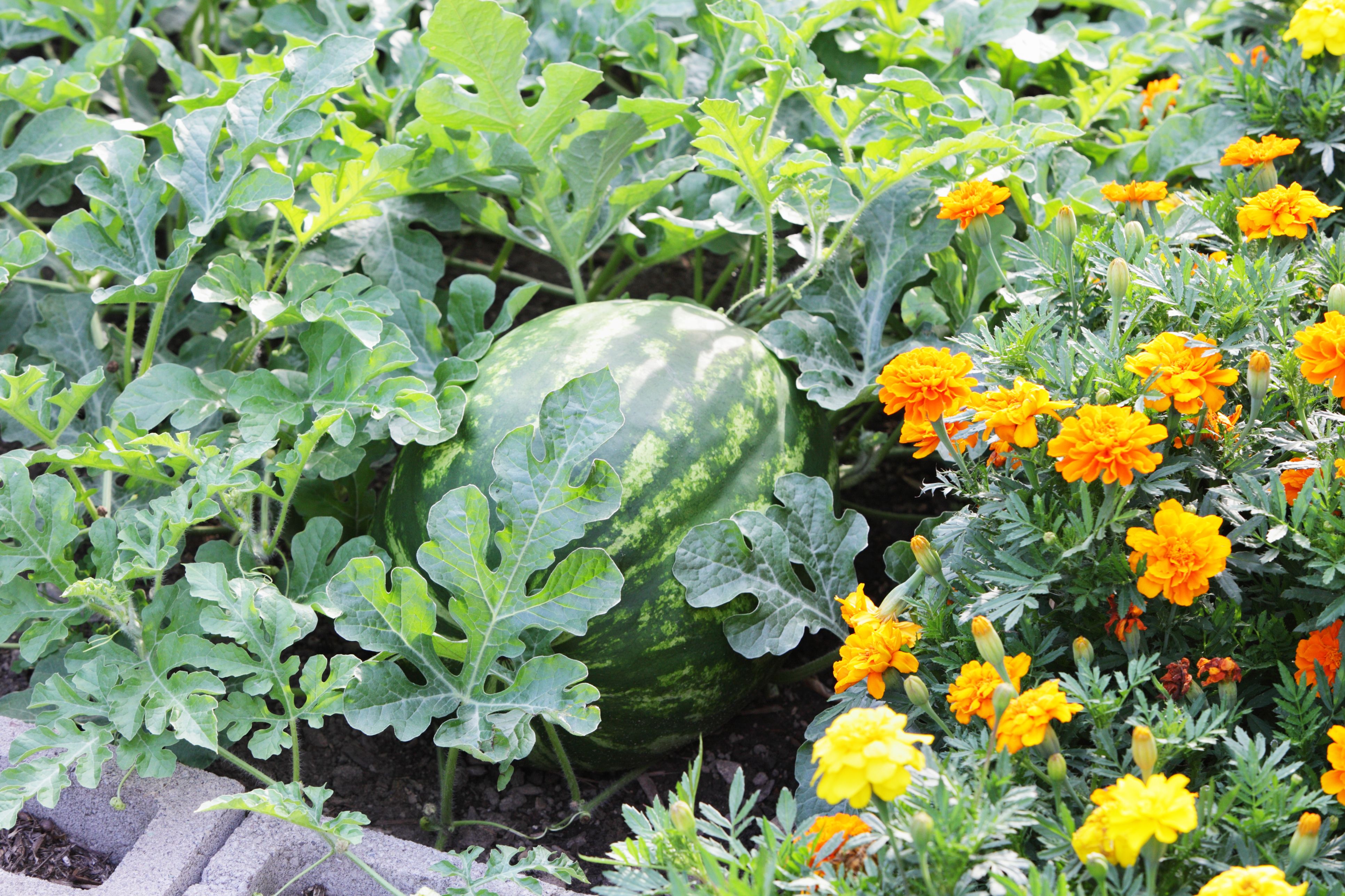
- Nasturtiums: Nasturtiums are another insect-repelling plant that can be grown alongside tobacco. They also attract beneficial insects, such as ladybugs and lacewings, which can help to control pests.

- Beans: Beans are a nitrogen-fixing plant, which means they can help to improve the soil quality for tobacco plants. They also help to suppress weeds.

- Cucumbers: Cucumbers and tobacco are both members of the Solanaceae family, and they can benefit from being grown together. Cucumbers help to attract pollinators, which can help to improve the yield of tobacco plants.

- Potatoes: Potatoes and tobacco can also be grown together. Potatoes help to suppress weeds, and they also provide shade for tobacco plants.

- Sunflowers: Sunflowers are tall plants that can provide shade for tobacco plants. They also attract beneficial insects, such as bees and butterflies.

- Onions: Onions are known for their insect-repelling properties, which can help to protect tobacco plants from pests. They also add a pungent aroma to the soil, which can help to deter pests.

- Garlic: Garlic is another insect-repelling plant that can be grown alongside tobacco. It also has antifungal properties, which can help to protect tobacco plants from diseases.

- Cabbage: Cabbage is a member of the Brassicaceae family, and it can benefit from being grown alongside tobacco. Tobacco plants help to repel pests that target cabbage, such as cabbage loopers and cabbage moths.

Post a Comment for "The Best Companion Plants For Tobacco"